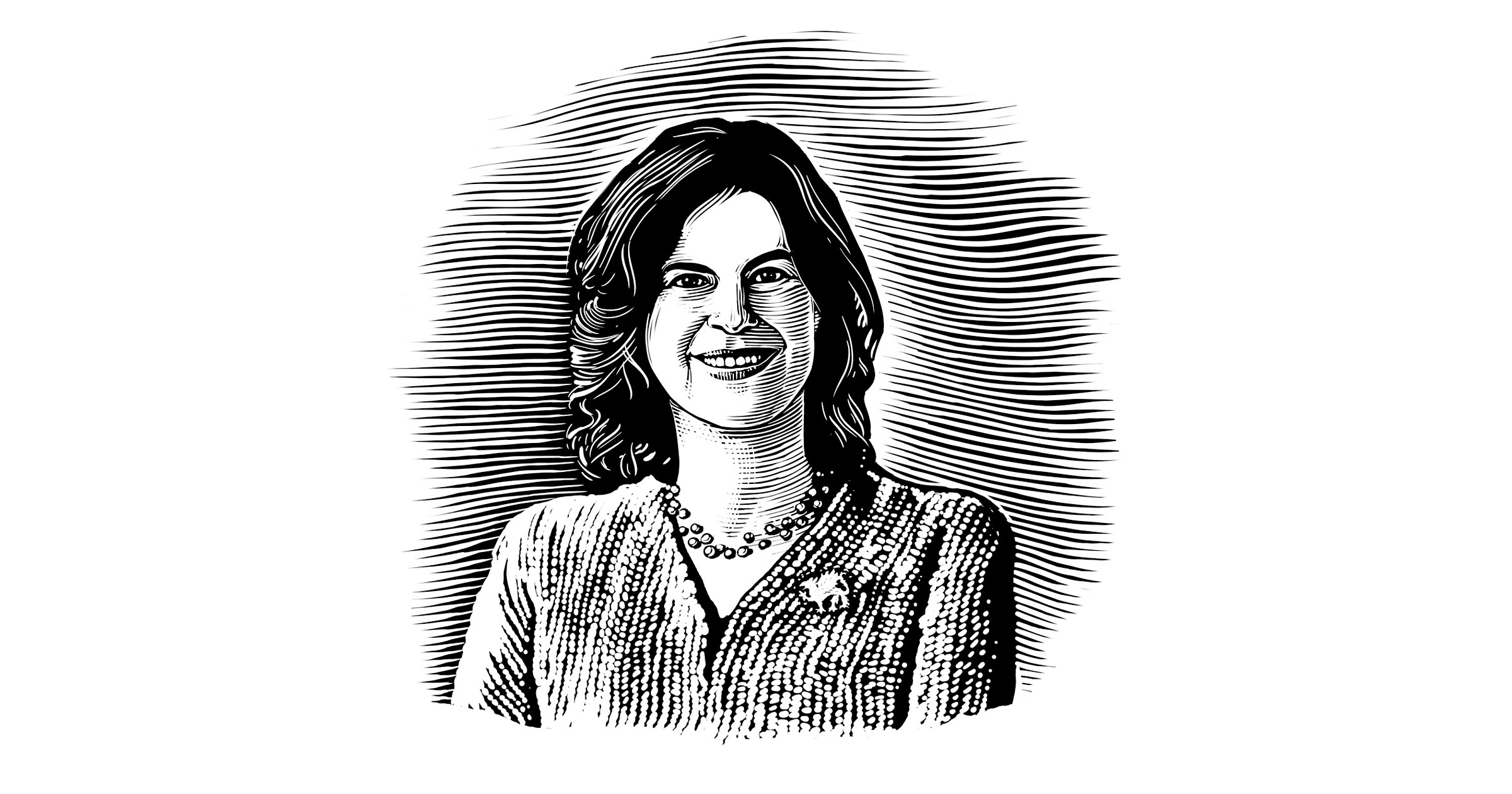Kindliest Change
May 3, 2019
By
Katherine A. Rowe
William & Mary President

In my Charter Day remarks in February, I touched on two concepts that have been important throughout my career, in the different roles I have been privileged to play — as a leader, entrepreneur, teacher, scholar, coach, athlete, parent and more. The first was an idea about productive change — change that is durable, perhaps disruptive but ultimately positive: kindly change. The second was an idea about ambition and excellence: the idea of the long play and long game. My next two columns from the Brafferton unfold these two ideas.
The first of these core concepts — the concept of “kindly change” — is an important idea for the Renaissance culture in which William & Mary was founded. John Milton coins an apt phrase for this idea in “Paradise Lost,” describing a scene of hospitality in which an angel visits Adam and Eve for dinner.
Eve, an inventor in her test kitchen, prepares the meal. As Milton writes,
“She turns, on hospitable thoughts intent,
What choice to choose for delicacy best,
What order, so contrived as not to mix
Tastes, not well joined, inelegant, but bring
Taste after taste upheld with kindliest change” (5.333-336).
Change can be difficult to take kindly, especially when it is brought about by forces outside our control. Eve’s art invites us to think of change in a new way, however. In the Renaissance, “kind” was a synonym for “kin.” So “kindly” means “true, natural or innate.” As she combines ingredients harvested from the garden, Eve makes each delicacy taste more true to itself. The key verbs in the passage tell us more: kindly change upholds and joins, and to make change this way requires thinking, thoughts intent.
The philosophy of change that Eve concocts — change we choose thoughtfully, to advance our mission in an ever-evolving environment — is a surprising one for modern ears. I have explored it in conversations with faculty, staff, students, alumni, parents and friends over the past months. Those conversations reflect excitement about the way this idea foregrounds a key aspect of our history.
William & Mary’s history is replete with innovation in the wake of dramatic political, economic, social and technological changes. The Jeffersonian Reforms of 1779 give us one example of this forward-looking disposition. Believing that education was essential to self-government, Thomas Jefferson, then governor of Virginia and a member of William & Mary’s Board of Visitors, introduced a series of proposals for William & Mary in 1779, among them the establishment of a law school. Jefferson aspired for the new school to educate citizen lawyers who would lead the recently formed nation. In a letter to James Madison in 1780, Jefferson writes, “Our new institution at the College has had a success which has gained it universal applause ... This single school by throwing from time to time new hands well principled into the legislature will be of infinite value.”
More recently, we’ve reflected on the centennial of co-education at William & Mary and the 50th anniversary of the arrival of the first African-American residential students to campus. These changes made William & Mary more inclusive, advancing our core mission of bringing the brightest minds together for the common good, enriching the intellectual feast we offer here.
Here are two initiatives currently simmering in William & Mary’s test kitchens.
First, faculty and staff from across the university are standing up a new learning studio to explore avenues for enhancing teaching effectiveness and cultivating lifelong learners. By bringing faculty, staff and graduate and undergraduate students together as empowered partners, the studio will serve as a tool for creatively responding to pressures generated by changes in pedagogy, technology and demographics. A mechanism for anticipating future needs, the studio will reinvigorate William & Mary’s role as the start-up lab for higher education in the United States.
Second, just as Jefferson imagined the citizen lawyer, William & Mary is preparing students to be citizens and professionals. Internships and externships create opportunities for mindful reflection that bridges learning across campus and around the world. Our professional schools, the Cohen Career Center, the Reves Center, the Charles Center and the W&M Washington Center are all creating such opportunities for students. Future partnerships with alumni could build on this excellent work around the globe.
In August, William & Mary will launch an intensive period of strategic planning. Together, we will continue to restock our test kitchen: with both well-tested and true techniques and new ones. I look forward to working with you to set the table for a future worthy of our historic past.